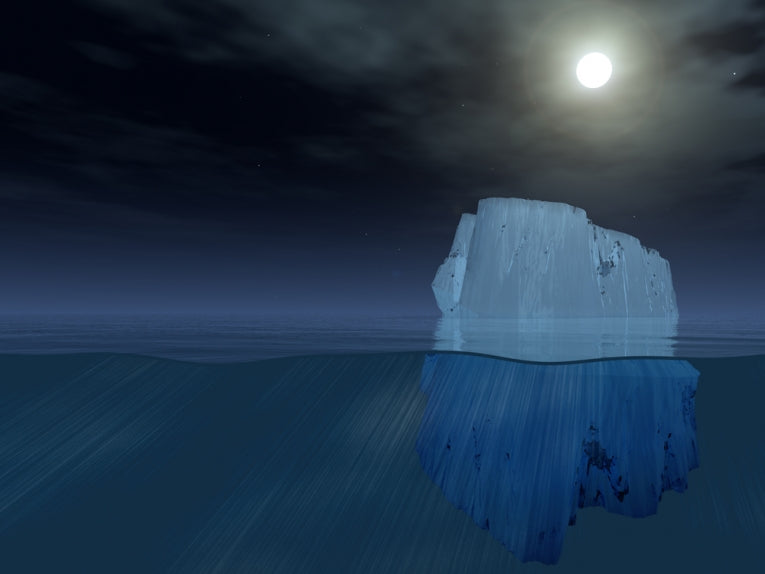The Titanics will be safe at last- no more icesheets or bergs if the melt continues at this rate!; Iceberg Image Credit:Shutterstock
Around this globe of ours, there have been 10 really hot years that destroyed permanent ice and glaciers. Last year was one of them, and we have yet to hear about this year. The American Meteorological Society collaborates with the US NOAA to give regular reports on the Arctic. This time, it was really bad news. We already commented frequently on the huge loss of ice, the plight of polar bears and the temperature trends. Now the climatic trend is based, apparently on the climbing levels of carbon, the rising sea-levels and that global warming we all dread.
The Arctic, according to NOAA administrator, Kathryn D. Sullivan, had conditions causing unprecedented change and broke several records. The story we all ran was the lowest ever summer minimum for ice cover (in the 34 years of satellite records.) Perhaps the most shocking new figure is the quadrupling of the melt, with 97% of the Greenland ice sheet dribbling away!
The "lowlights" of the report (although they are almost all higher) were:
Surface temperatures continue warming, with Argentina and the US having their warmest year on record in 2012.
La Niña and El Niño became neutral in the spring, creating the best news of the year.
The Arctic sea ice reached record lows, a full 18% lower than 2007.
Antarctic sea ice reached record highs at 7.51 million square miles (19.5 million square km)! The recent record low was in 1986- making an interesting argument.
Along with surface temperatures, sea surface temperatures reached almost record levels- or at least in the top eleven recorded. This is despite the cooling effects of La Niña over previous years.
The actual heat content of the oceans was indeed still at record levels. This was at the half-mile level (around 800m), but temperatures are rising in the depths too, these days.
Record sea-levels were attained, with the average 3.2mm pa resumed after La Niña reduced levels in 2011!
Salt content increased in the ocean where evaporation was high, such as the north central Pacific, while extra rains decreased salinity in the north central Indian Ocean.
Greenhouse gases continued their inexorable rise after the record high of 2011 and a new record around 9.7 petagrams of carbon for 2012 (estimated.) That's an increase of 2.1ppm.
The only cool trend is that of the lower stratosphere (6-10 miles or around 13km high.) Again a record, because it seems the ozone decline and greenhouse gases create a cooling effect at that height.
Overall the links between these vital statistics are the real attraction of the new figures. As a NOAA climatologist put it, "Over the past seven years of so, it appears that the ice melt is contributing more than twice as much to the global sea level rise compared with warming waters."
Her opinion is worth considering. So are the reactions of her president and all the others who can't do enough to prevent this awful slow-motion accident that is about to happen to all of us.
NOAA and the AMS publish this report under the title of 2012 State of the Climate .










